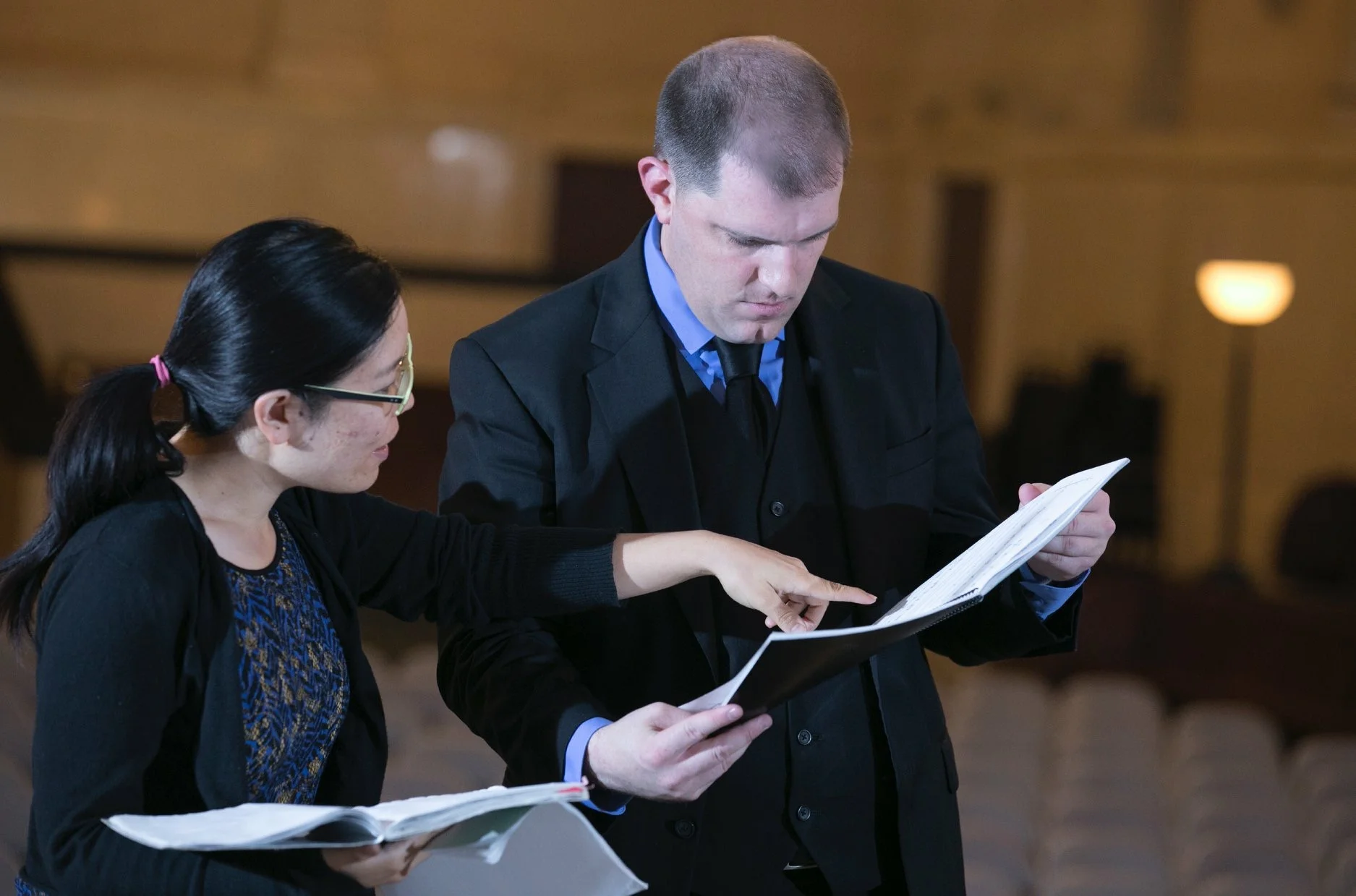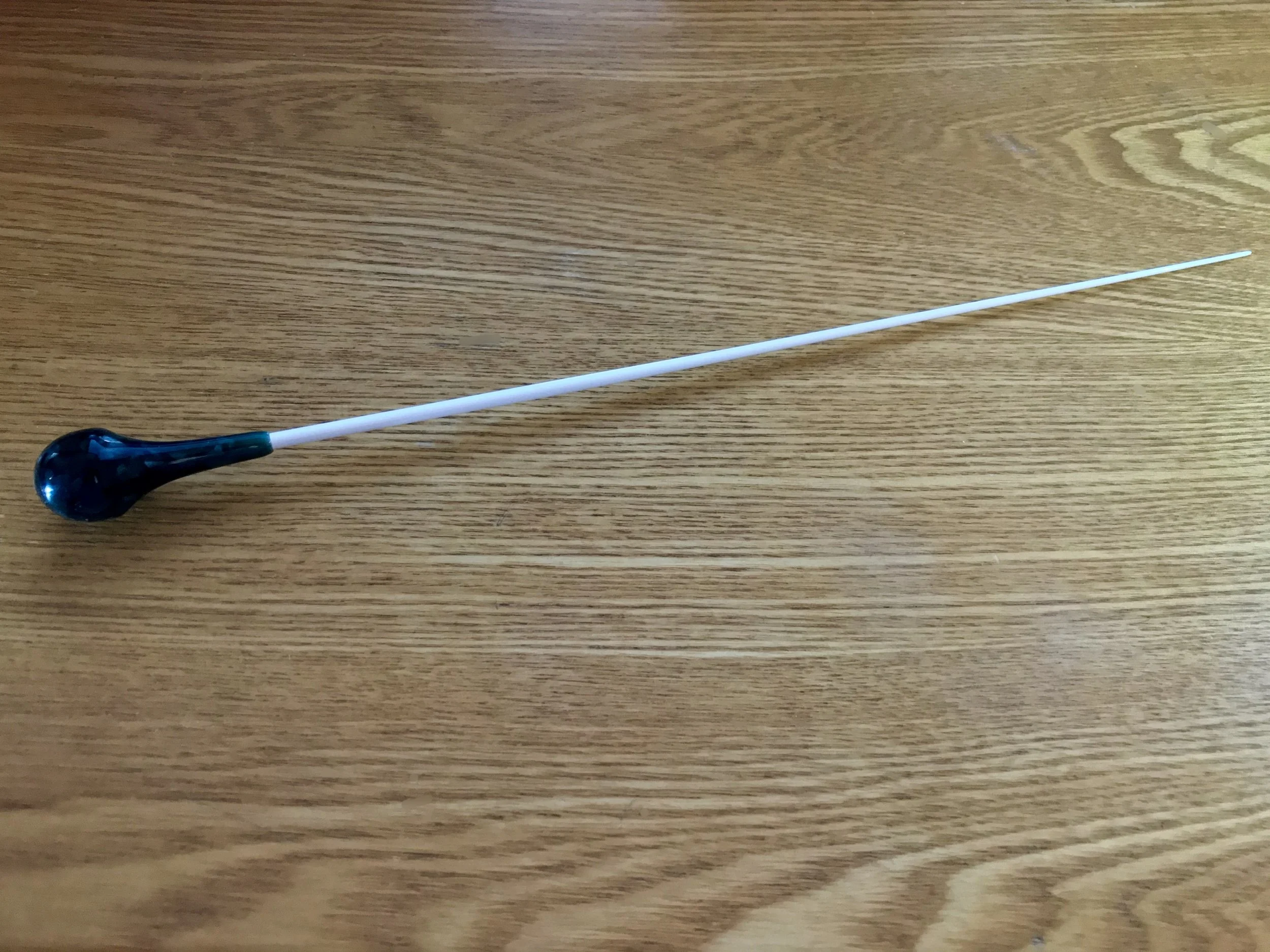Interpretation is a commonly understood term among musicians, a term denoting the “stylistic representation of a creative work,” (Stevenson 2010).[1] However, interpretation is often wrongly believed to be a self-consistent and complete toolset for preparing the score for performance. Rather than merely augment the accepted definition of interpretation, I argue that a new term must be used to represent the superset of tools valuable to the performer, of which the traditional methods of interpretation are a subset. I argue for the use of the term Performance Design (PD) to indicate the totality of means and methods by which live concert performances are planned and prepared. Included in these means are tools from Neuroscience, Information Theory, and other audience-centric disciplines.
“Hey! I'm a new follower of yours! Just curious, I currently have a Mollard and Custom Batons, what is your baton preference?”
Hi Jordan,
I’m 17 years old and been playing violin for 8 years and piano for 2. I am interested in conducting but I have no idea where to start. I am done with high school so a school orchestra is out of the question for experience. I was hoping you might be able to point me in the right direction or give me advice.
Thanks
Jamison
Czerny’s metronome markings for Haydn’s London Symphonies. Czerny was a student of Haydn. Download the pdf here.
Source: Early Music. February 1988: 77-78.
Béla Bartók’s Music for Strings, Percussion, and Celeste highlights Bartók's mastery of orchestration, and innovation with rhythm. However, the opening movement perhaps least exemplifies these features (relative to the other movements). The first movement of the work instead showcases his mastery of counterpoint with a particularly praiseworthy example.
I wrote a sort of open letter to many of my former directors and teachers coming from the band world, which I've reprinted in modified form below:
This is one of the most informative and educational videos on any musical topic that I have ever seen. Youtuber Vihart has condensed many hours of information into the densest half hour explainer on serialism one could imagine.
I occasionally write for Sequenza21. Here's a concert review from a very special concert I attended in 2013:
Greenberg managed to turn the cramped, uncooperatively spare stage to her advantage, projecting into the space a smokey, claustrophobic Buenos Aires alleyway positively dripping with sinful lust and criminality, where “Hustlers, pimps, and devils appear at every turn,” as Greenberg wrote in the program.








